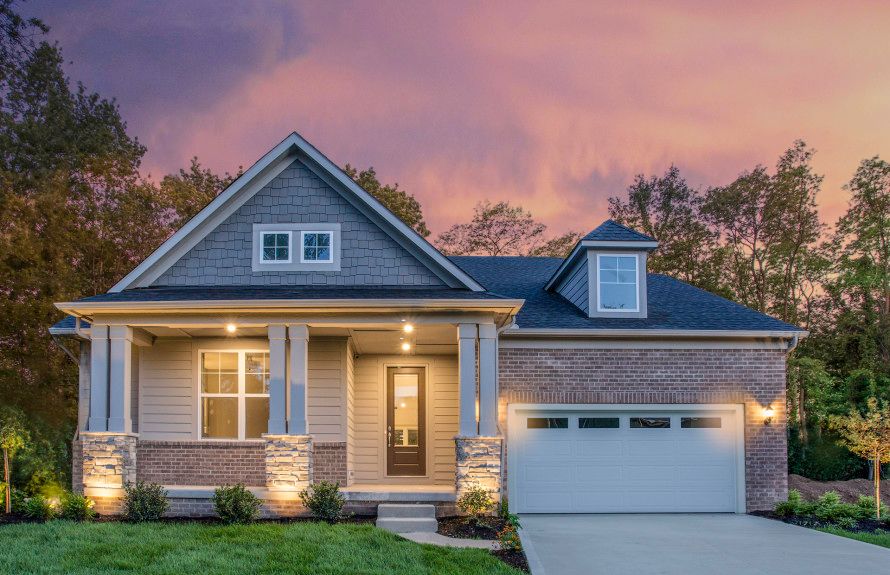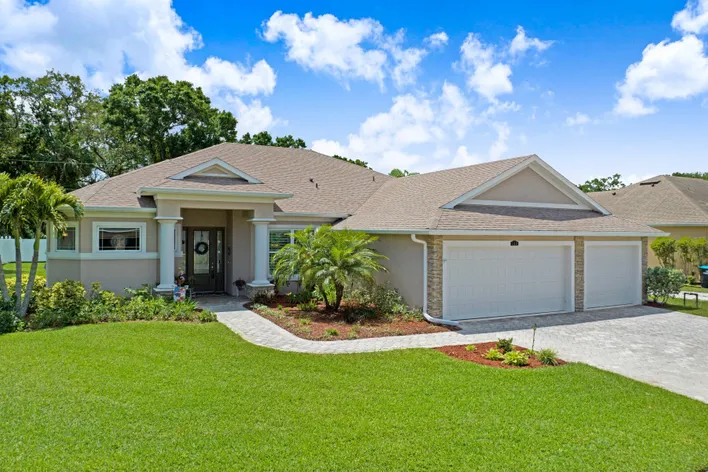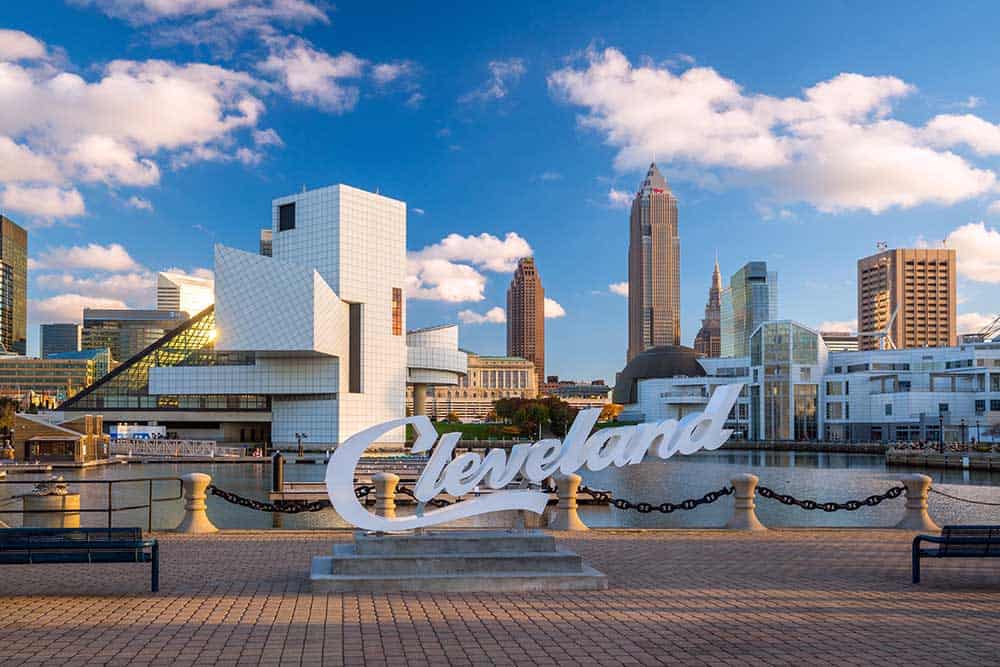About the Cleveland Housing Market
There are 10 Fortune 500 companies in the Cleveland-Akron area, five of which are in Cleveland, two in Akron and one each in Mayfield, Westlake and Wickliffe. They include Progressive Insurance Company, Cardinal Health Inc., Goodyear Tire & Rubber Company, FirstEnergy Corp., Parker Hannifin Corp., TravelCenters of America Inc., and J.M. Smucker Co.
The Cleveland region is expected to gain 123,000 new jobs by 2025, and food manufacturing will play a big role in that growth. The industry contributes $2.6 billion annually to the local economy.
The average price of a home in Cleveland is almost 40% less than the national average. You can find homes in Cleveland for as little as $109,900 that will rent for $1,150 per month. This means there’s a good opportunity for cash flow in this market.
Cleveland’s health care sector is made up of some of the nation’s most prestigious hospitals, including the Cleveland Clinic and the MetroHealth System. The manufacturing and biomedical industries also provide jobs for many of Cleveland’s residents.

Median Household Income: $62,315
Metro Population: 2.08 Million
11-Year Population Growth: 0%
Median Home Price: $213,457
Median Rent Per Month: $1,336 (0.63% rent-to-value ratio)
1-Year Equity Growth: 10.8%
Tenant Laws: Landlord-Friendly
8-Year Equity Growth (January 2014 – December 2022): 78%
1-Year Rent Growth: 7%
8-Year Rent Growth (January 2014 – December 2022): 40%
Job Growth: +27,799 CES jobs created over the last year
1-Year Job Growth Rate: 2.69% (30% lower than the national average)
Unemployment Rate: 5.1% (30.7% higher than the national average)
Flood Risk: 7%
What to Like
Excellent price-to-rent ratios
Low home prices & cost of living
Strong job market
Beautiful parks and greenery
What to Watch Out For
Harsh winters
Limited public transport
Heavy traffic
Higher crime rate in some areas
– Cleveland’s cost of living is 27.4% lower than the national average, making it an affordable place to live. Housing, groceries, transportation and utilities are all less expensive in Cleveland than in other cities.
– Home prices are 37.8% cheaper on average in Cleveland than they are in the US. The current average home price in Cleveland is $213,457. Over the past eight years, home values in Cleveland have increased by 77.68% at an annual rate of 8.56%.
– In the past year, Cleveland’s economy added 27,799 new jobs, a growth rate of 2.69%. This was 30% slower than the national average.
– The median home price in the Cleveland metro area is almost 40% lower than the average US home price. The rising cost of home ownership in Cleveland has created a large demand for single-family rentals, with over half of the housing units occupied by renters.

Steady home appreciation
The average value of homes in Cleveland increased by 77.68% at an average yearly rate of 8.56 percent over the past eight years. The city has a real estate market that is one of the least vulnerable to price dips, which makes it an excellent place to invest in property.
Strong job market
Cleveland is investing in healthcare and bio-science business accelerators like Bio-Enterprise and the Global Center for Health Innovation. These institutions are expected to spur healthcare advancements in America in the near future. As of 2021, Cleveland’s gross domestic product was $122 billion, an increase of more than 11% over the past decade.
Economic Diversification
Cleveland has been working to diversify its economy away from its traditional manufacturing base, and has seen some success in attracting new industries such as healthcare, technology, and the arts. However, manufacturing still remains an important part of the local economy.
Purchasing Property in Cleveland
Cleveland has seen significant investment in its downtown area in recent years, with new residential and commercial developments, infrastructure improvements, and cultural attractions such as the Rock and Roll Hall of Fame. This has helped to make downtown Cleveland a more attractive place to live, work, and visit.
Investors have several options when investing in Cleveland real estate. They can buy distressed properties, start with turnkey investments or do both. Some of Ohio’s fastest growing cities are located in the Cleveland metropolitan area. They include Cuyahoga Falls in Summit County, Lorain in Lorain County, and Parma in Cuyahoga County.
The top 10 Cleveland neighborhoods where home values have increased the most since 2000 are: Central South, Central Southwest, Central East, Central, Downtown South, Ohio City South, Clark Fulton North, Ohio City and Tremont.
Cleveland, Ohio



No warranty, expressed or implied, is made regarding the accuracy, adequacy, completeness, reliability or usefulness of any data provided. These data are provided “as is.” All warranties of any kind, expressed or implied, including but not limited to fitness for a particular use, freedom from computer viruses, and non-infringement of proprietary rights, are disclaimed. By visiting this website, the user agrees that the data presented here is added and changed periodically, and data may become out-of-date quickly. This data is provided for informational use only, and the user is encouraged to perform his/her own research.